It’s that time of year again when the folks in the news media actually take a little bit of time away from politics, crime and celebrities to mention some of the work done by scientists. That’s right it’s Nobel Prize week and the awards for Physiology, Physics and Chemistry have been announced.
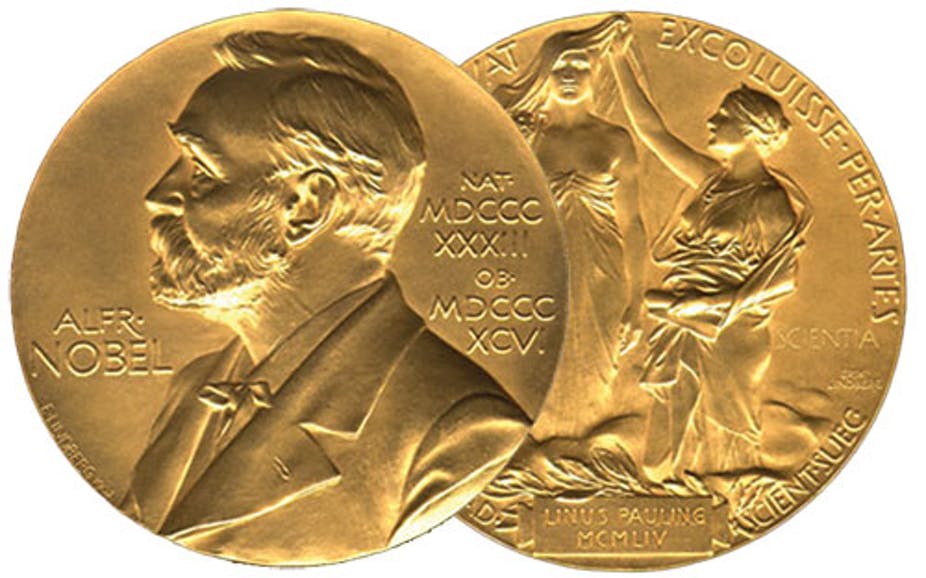
On Monday the 4th of October the first prize to be awarded was for physiology or medicine and this year the honour went to research into how the nerve cells in our bodies are able to translate physical sensations like pressure or temperature into the electro-chemical signals that our brain can understand. The 2021 Nobel Prize for Physiology was shared by Doctor David Julius of the University of California at San Francisco along with Doctor Ardem Patapoutian, a researcher at the Scripps Institute at La Jolla California.

Dr. Julius conducted his research using capsaicin, the chemical in hot chili peppers that cause us to feel the sensation of heat whenever we eat them. By studying how a nerve cell reacts to that chemical Julius was able identify the sensors on the cells that respond to heat.
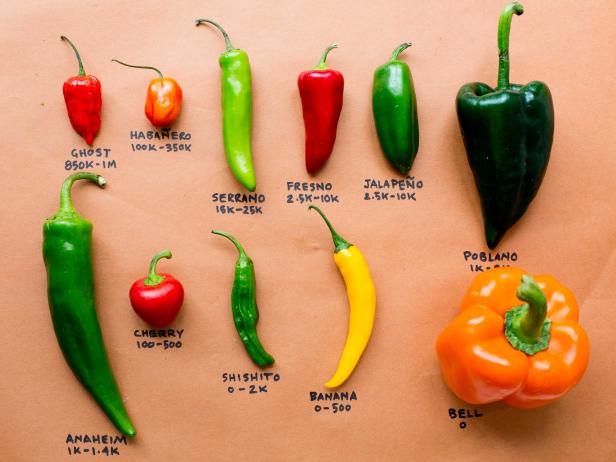
Continuing with his research Dr. Julius has since been able to collect a library of DNA segments that are used in nerve cells to express pain, heat, cold and touch. Dr. Patapoutian meanwhile has carried out his studies concentrating on the ion pathways and other metabolic processes that allow cells to convert physical stimuli into those chemical signals.
Together the work of these two scientists have brought a greater understanding of how our nervous system translates the impressions of the world around us into the kind of electrochemical signals that our brain can comprehend. It is hoped that in the near future this research may lead to new techniques to help reduce chronic and acute pain from disease and injury without the need for dangerous and addictive narcotics.

Tuesday the 5th saw the announcement of the Physics prize and this year’s recipients were honoured for their pioneering work in describing the long term behavior of complex systems. The 2021 Physics prize was shared by three scientists, Syukuro Manabe at Princeton University in New Jersey, Klaus Hasselmann of the Max Planck Institute for Meteorology in Hamburg Germany along with Giorgio Parisi at Sapienza University in Rome Italy.
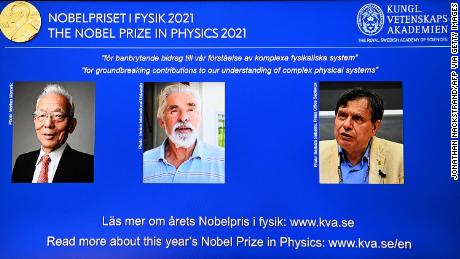
While the work of Doctor Parisi can be applied to any complex system from atoms to solar systems the work of both Drs. Manabe and Hasselmann concentrated on one very important complex system, Earth’s climate. Beginning in the 1960s Syukuro Manabe developed a series of models of the Earth’s climate and was the first to study the relation between the radiation balance of sunlight striking the Earth minus the Earth’s infrared emissions to the vertical transport of heat in the atmosphere. Earlier models had simply looked at the atmosphere but Manabe’s model expanded the climate to include both the oceans and land surface.
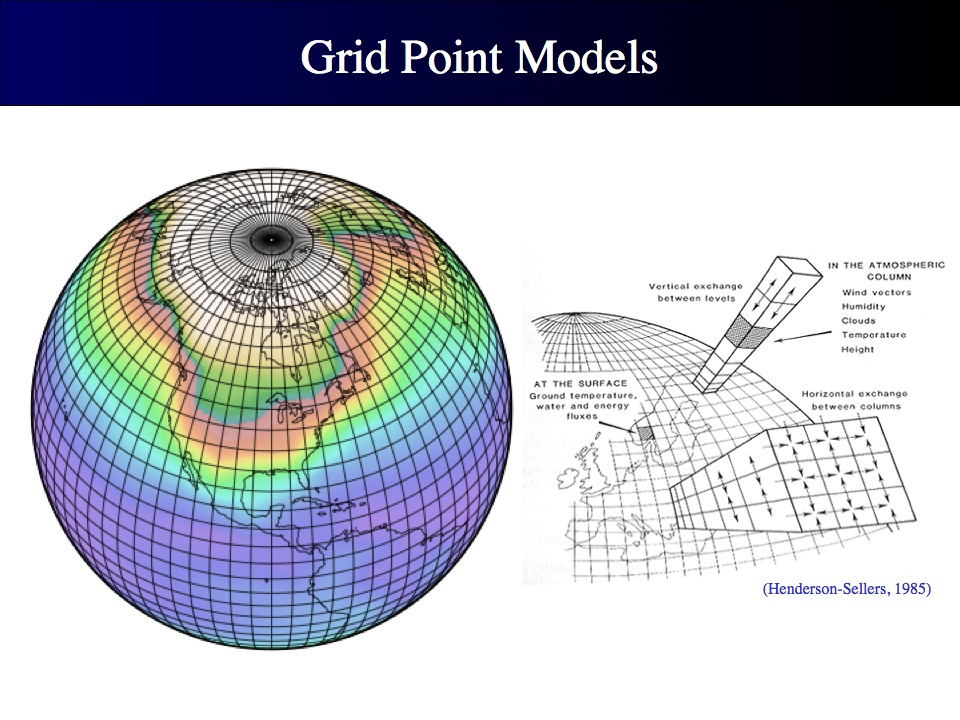
Not long thereafter Doctor Hasselmann used a series of computer simulations to show how long term climate models could be accurate despite the large, erratic fluctuations to which weather systems are subjected. Together the work of these three physicists served to place climate prediction on a strong quantitative basis and thereby provided the evidence for climate change due to the burning of fossil fuels. This year’s prize represents the first time that scientific research directly linked to global warming has been honoured by the Nobel committee.
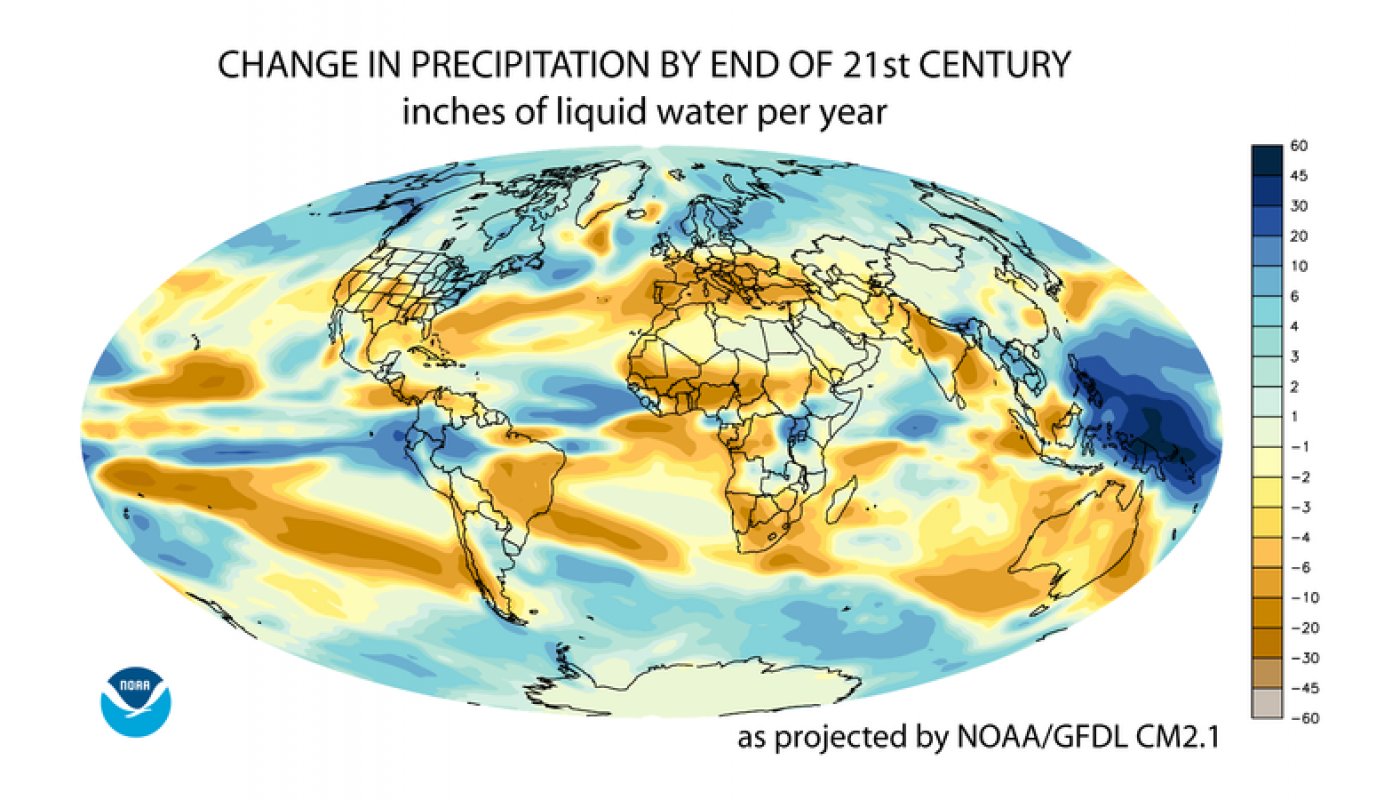
On Wednesday it was chemistry’s turn and this year’s prize was shared by David W. C. MacMillan of Princeton University and Benjamin List of the Max Planck Institute who were honoured for independently developing a new variety of catalysts that MacMillan named organocatalysts. Much of the science of chemistry involves catalysts; those elements or compounds that can speed up a chemical reaction without being either used up in or altered by the reaction. For many years chemists thought that there were only two kinds of catalysts, simple metals or complex proteins called enzymes. What Drs. MacMillan and List found was a class of small organic molecules that could serve as catalysts for a wide variety of reactions.

In the twenty years since their discovery organocatalysts have been used in the production of pharmaceuticals, agricultural chemicals, food additives, plastics and even the clean energy industry. Organocatalysts are also useful in the production of ‘mirror image’ compounds, that is chemical substances that have the exact same chemical formula but whose arrangement of their atoms are mirror images, like your left and right hands.
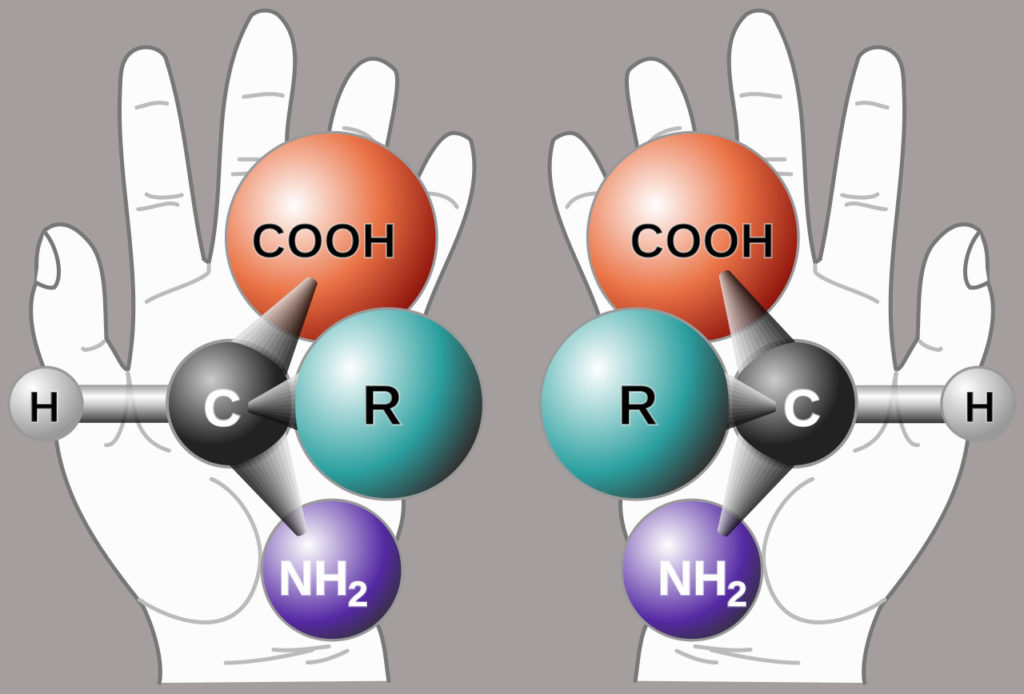
While no one doubts that the achievements of this year’s prizewinners make them worthy of the Nobel nevertheless the selections have also come with a bit of criticism. You see all of the seven scientists awarded the Nobel Prize this year are men, once again women have shut out.
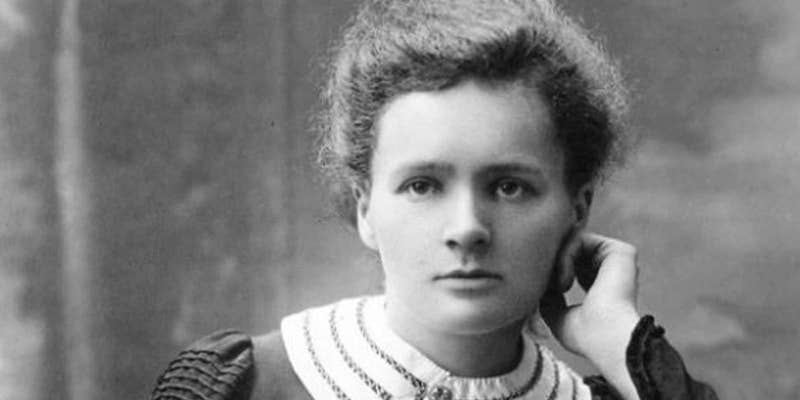
This is a problem that is going to be hard to solve. You see even today women are underrepresented in the scientific world. And since Nobel Prizes are generally awarded for work that was conducted more than 20 years ago, when there were even fewer women in science, it’s not a problem that is going to be solved anytime soon.

The Nobel Prize is awarded for the very best scientific work and certainly we don’t want to compromise that just to make the award more gender neutral. But the only other choice is to continue to encourage young girls to enter scientific fields so that one day there is a better gender balance in science, and scientific awards.
I hope I live long enough to see that day.
